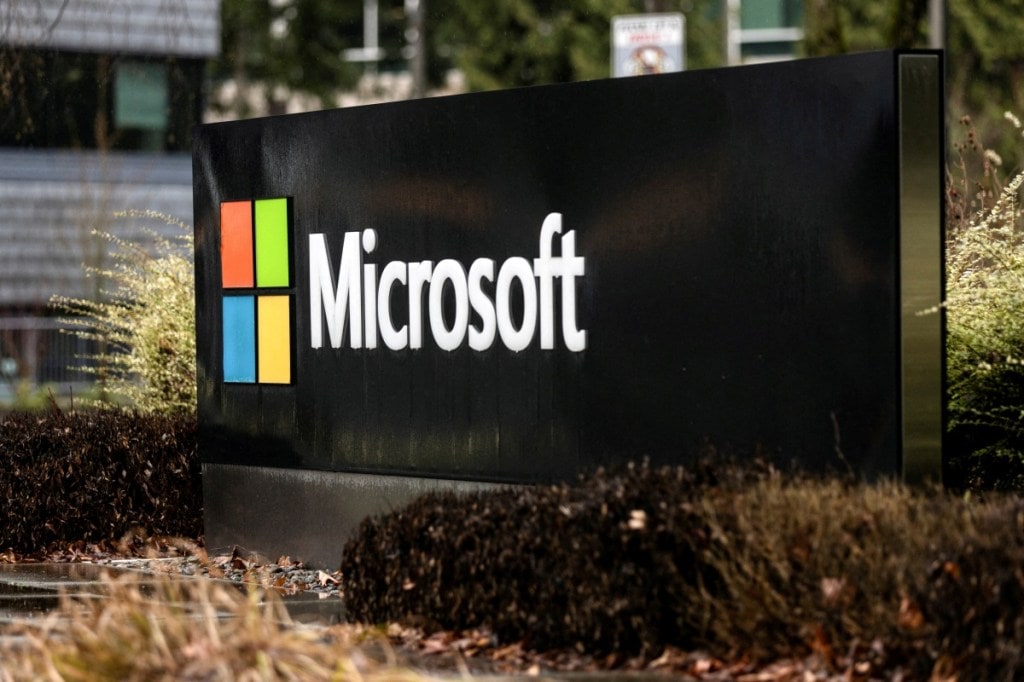Microsoft made an announcement presenting a roadmap for creating a quantum supercomputer. The researchers at the company have been working on topological qubits for a few years now and plan to use them in the supercomputer. In a conversation with Tech Crunch, Krysta Svore, the VP of Microsoft for advanced quantum development, asserted that the company will take less than 10 years to develop a quantum supercomputer using qubits. Svore further claimed that the supercomputer would be capable of performing one million quantum operations per second. This is a new standard of measurement that Microsoft plans on introducing. The industry is planning to move ahead of noisy intermediate-scale quantum (NISQ) computing.
Also Read: Google accuses Microsoft of anticompetitive cloud practices
Krysta Svore said, “We think about our roadmap and the time to the quantum supercomputer in terms of years rather than decades.” During the previous year, when its team first demonstrated its capacity to produce Majorana-based qubits, Microsoft declared a significant accomplishment. Majorana qubits have the benefit of being exceedingly stable, particularly when compared to conventional methods, but they are also quite challenging to produce. Microsoft placed an early wager on this technology, and now, a year after first disclosing this milestone, the team is publishing a new peer-reviewed paper in the American Physical Society’s Physical Review B that demonstrates that it has in fact accomplished this first milestone on the path to a quantum supercomputer. Microsoft presented results from considerably more devices and data than it did when it first revealed this study a year ago in order to get to this position.
Svore remarked, “Today, we’re really at this foundational implementation level.” According to Svore, the industry had noisy intermediate-scale quantum machines, and they were built around physical qubits. However, when it comes to something practical and advantageous in terms of usefulness, say for science or the commercial industry, they are not yet reliable enough. Svore asserted that the next level we need to get to as an industry is the resilient level. According to Svore, the industry needs to not only operate with physical qubits but also take those physical qubits and put them into an error-correcting code while using them as a unit to serve as a logical qubit. Svore argues that to reach this point, it will take a quantum computer that can perform those one million reliable quantum operations per second with a failure rate of one per trillion operations.
Building hardware-protected qubits is the next phase, and according to Svore, the team is making remarkable progress. These qubits will be quick, with one qubit operation completed in less than a microsecond. These qubits will be tiny, less than 10 microns on a side. The team will work on entangling these qubits and operating them through a procedure called braiding, which has been considered, though mainly as a theory, since at least the early 2000s. The next step is to construct a smaller multiqubit system and present a complete quantum system.
Also Read: Microsoft executive calls for faster AI regulation: Report
This roadmap does present itself as quite ambitious, and looking at how much time it took for Microsoft to achieve its first milestone, only time will tell how well the team can now perform. Microsoft is currently engaged in something of an arms race to go beyond the NISQ era, with IBM, IonQ, and others trying for similar achievements while using more well-established techniques for producing their qubits.








